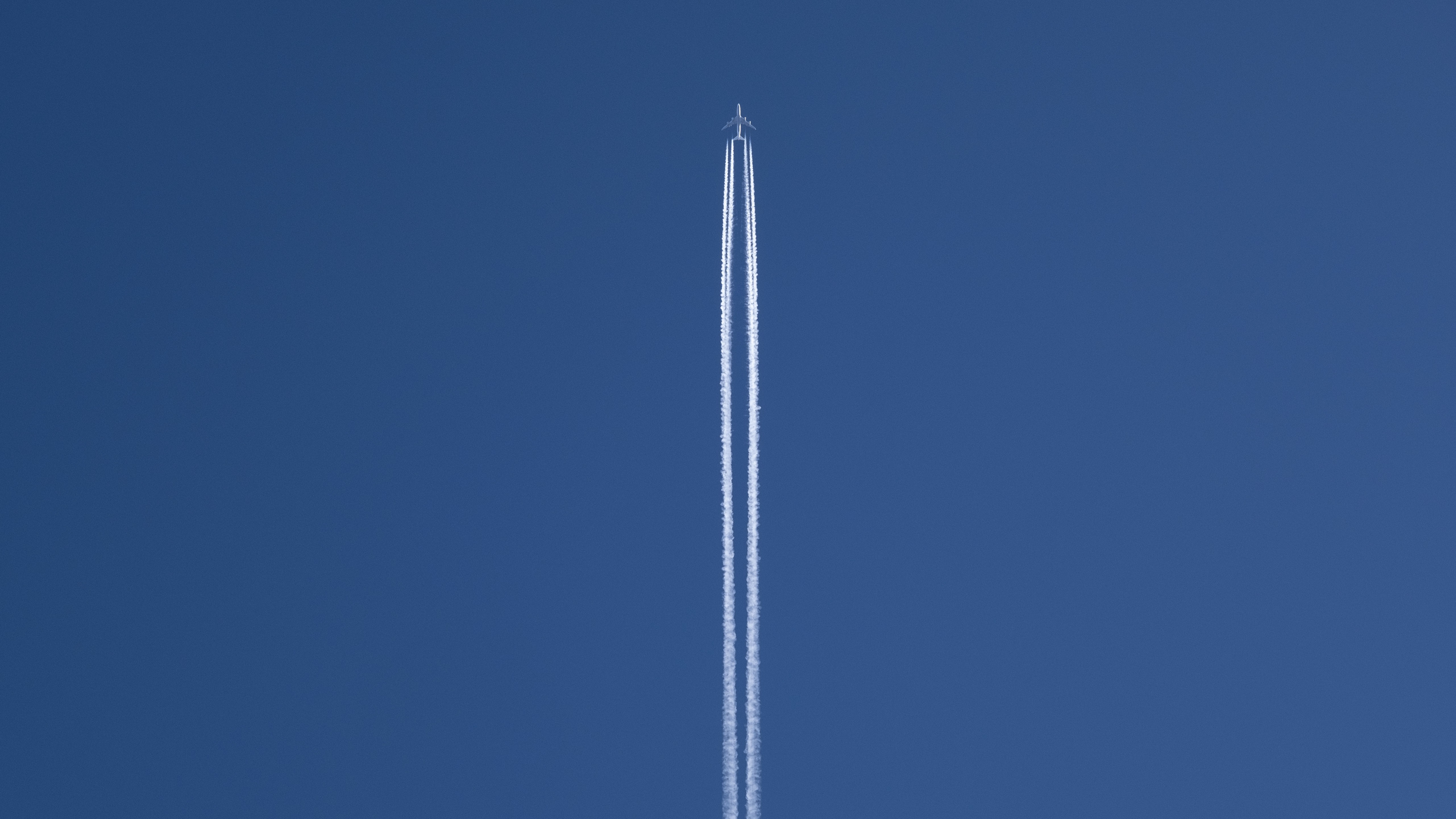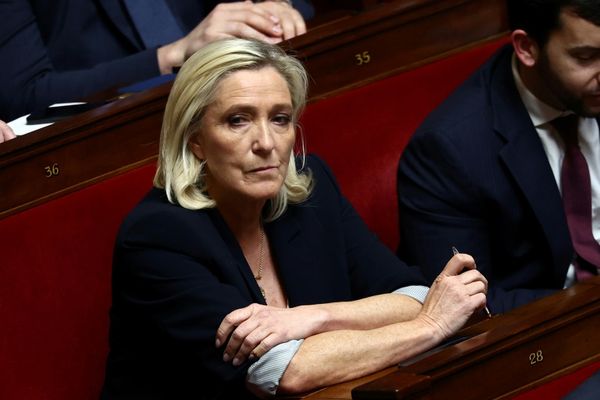
Commercial airplanes have made strides in reducing their carbon emissions, but the exhaust clouds trailing behind them can still have long-term impacts on the environment, a new study suggests.
Researchers from Imperial College London found that condensation trails, or contrails, created by aircraft exhaust fumes trap heat in the atmosphere. As a result, these thin cloud streaks have a greater impact on global warming than that of carbon emissions from combustion of jet fuel, according to the study.
"This study throws a spanner in the works for the aviation industry. Newer aircraft are flying higher and higher in the atmosphere to increase fuel efficiency and reduce carbon emissions," Edward Gryspeerdt, lead author of the study, said in a statement. "The unintended consequence of this is that these aircraft flying over the North Atlantic are now creating more, longer-lived, contrails, trapping additional heat in the atmosphere and increasing the climate impact of aviation."
Modern commercial aircraft are designed to fly at altitudes above 38,000 feet (about 12 kilometers), where the air is thinner and there is less aerodynamic drag in order to reduce jet fuel consumption (which creates less carbon emissions). Meanwhile, private jets fly more than 40,000 feet (12.2 km) above Earth, where there is less air traffic. This is higher than older commercial aircraft, which usually fly at altitudes around 35,000 feet (11 km).
Related: Human-caused global warming at all-time high, new report concludes
Using machine learning to analyze satellite data on more than 64,000 contrails from a range of aircraft flying over the North Atlantic, the researchers found that modern aircraft, both commercial and private, create more contrails than older aircraft and that these contrails take longer to dissipate, which influences current estimates of climate warming.
"This doesn't mean that more efficient aircraft are a bad thing — far from it, as they have lower carbon emissions per passenger-mile," Gryspeerdt said in the statement. "However, our finding reflects the challenges the aviation industry faces when reducing its climate impact."
The study offers insights to lessen the impact of contrails by reducing the amount of soot emitted from aircraft engines, which is produced when fuel burns inefficiently. This, in turn, would cut down on the lifetime of contrails and the subsequent warming effect.
"From other studies, we know that the number of soot particles in aircraft exhaust plays a key role in the properties of newly formed contrails. We suspected that this would also affect how long contrails live for," Marc Stettler, co-author of the study, said in the statement. "Our study provides the first evidence that emitting fewer soot particles results in contrails that fall out of the sky faster compared to contrails formed on more numerous soot particles from older, dirtier engines."
Their findings were published Aug. 7 in the journal Environmental Research Letters.







